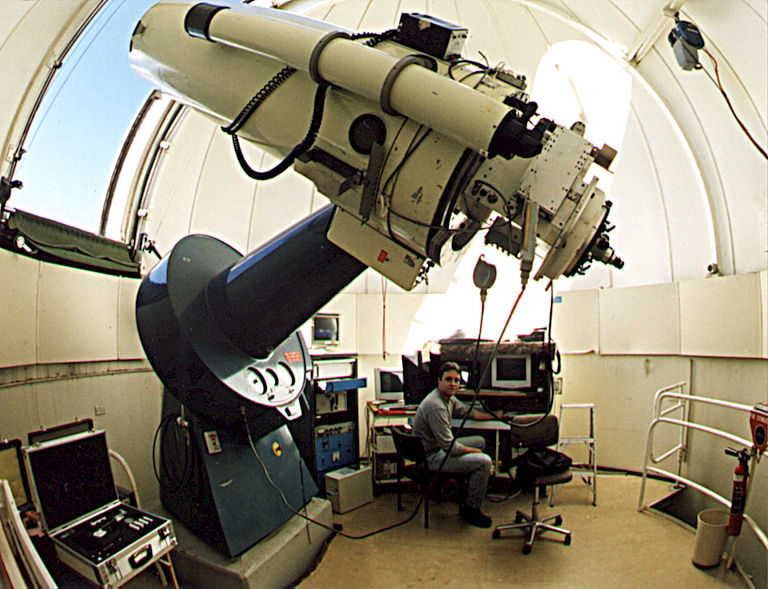
A piece of history - preparing for another experimental night of planetary imaging with the classic old Boller & Chivens 24 inch (60cm) Cassegrain telescope at Siding Spring in 1999.

A piece of history - preparing for another experimental night of planetary imaging with the classic old Boller & Chivens 24 inch (60cm) Cassegrain telescope at Siding Spring in 1999.
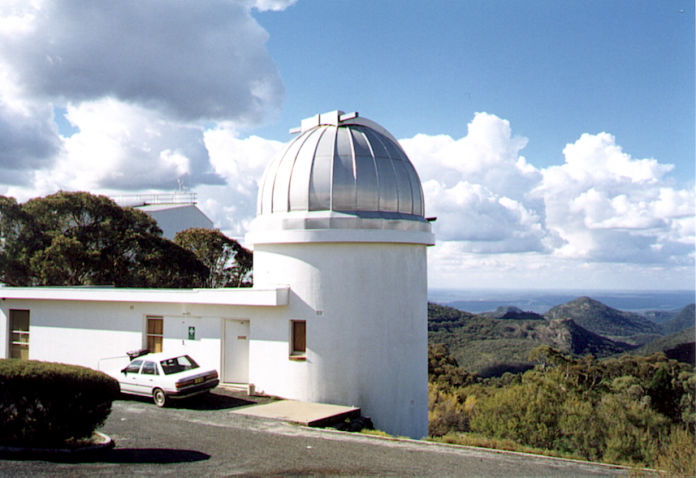
MSSSO 24 inch telescope in 2000
The wonderful astronomers at Mount Stromlo approved my telescope time applications for several years as I experimented with pushing the limits of simple video technology in order to capture planetary detail using large aperture instruments. Here, my old beloved Toyota Camry parked in front of the historical 24 inch telescope dome at Siding Spring during a Jupiter and Saturn run in 2000.

The classic 40 inch ( 1 metre) Boller & Chivens telescope on Siding Spring mountain in 2003.
Another piece of history, the classic old Boller & Chivens 40 inch (100 cm) Cassegrain telescope at Siding Spring in 2003 during the closest approach to Earth of the planet Mars. What a night that was and although being incredibly grateful to the lovely folk in Canberra for allowing me the telescope time, it came with some deal of pressure to deliver for the media at large.
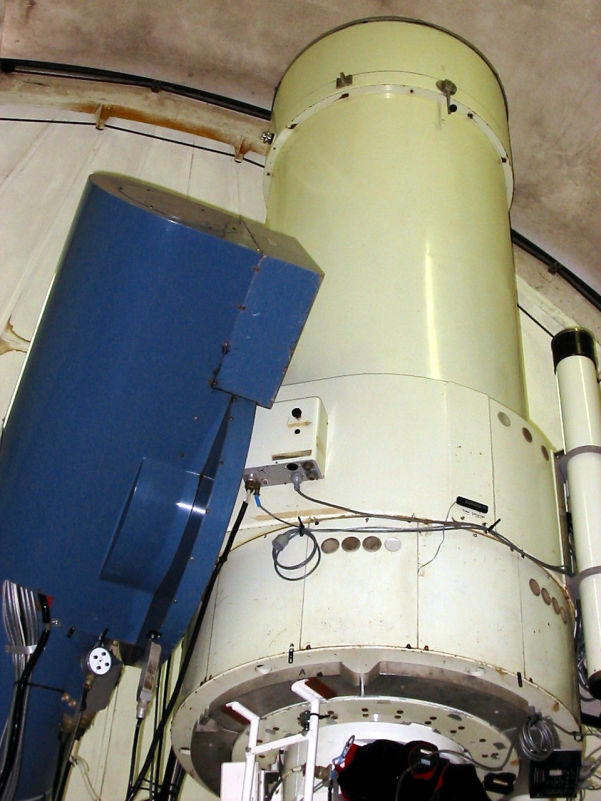
Boller & Chivens 40 inch Cassegrain
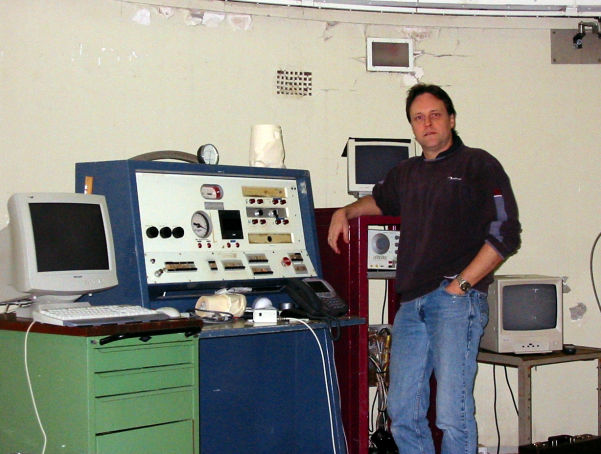
Getting familiar with the 40 inch telescope drive system back in the day. This was the largest aperture on which I had ever had an opportunity at using a video camera.
It was the crazy media frenzy time of Mars closest approach to Earth in 2003.
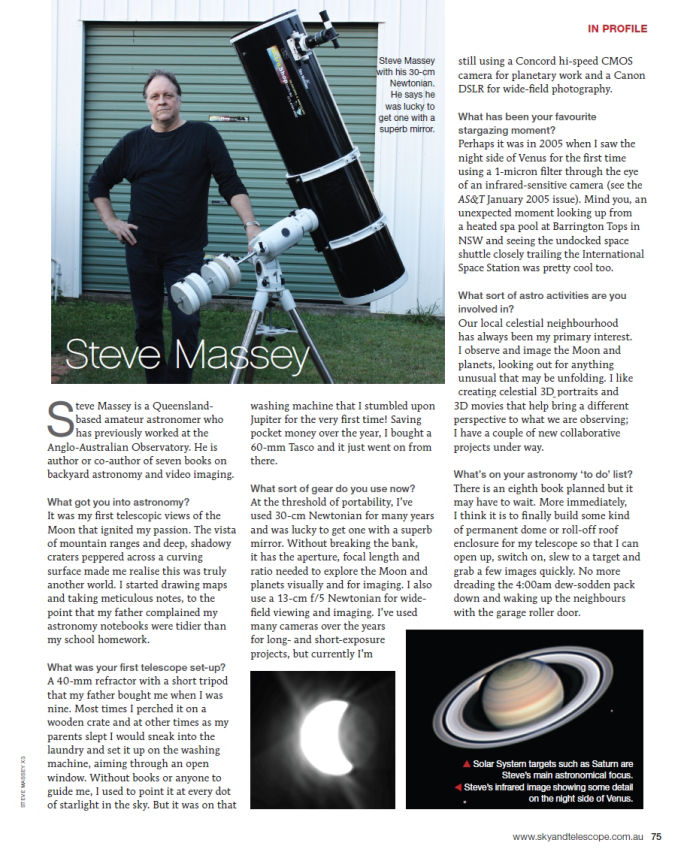
The commercial grade 12 inch telescope I've used since 2009 seen here in this 2021 Australian Sky & Telescope magazine article as featured amateur astronomer in profile.
Like most, I have a backyard set up but I never got around to building a dedicated observatory ( often to my regret) and simply have a level pad in the yard just a few metres from my shed. I run all my controls, video and USB cables from the telescope to the computer in the shed so I guess in that sense, it is an observatory of sorts. Nonetheless, I've spent literally thousands of hours here testing mounts, optics and developing cameras and software over the years. I've always liked demonstrating what is possible from commercial grade gear so that beginners can see the potential for themselves. Having owned innumerable telescopes of all shapes and designs, I pretty much settled with a 12 inch f/5 commercial grade Newtonian as my main instrument for lunar and planetary videography and have been using it since 2009. Depending on the target, using 2X and 5X tele-extender combined with the small foot print of a CMOS or CCD image sensor yields exciting close up views on a computer monitor. For wide-field deep-sky work using frame accumulation video cameras and long exposure still shot cameras I also use an excellent Vixen 130mm f/5 Newtonian with modified focuser.
For solar imaging I use a Synta 80mm f/5 achromat refractor with a Daystar Quark Prominence eyepiece filter. So that is pretty much what I've narrowed my gear down to.
Made with Mobirise site template